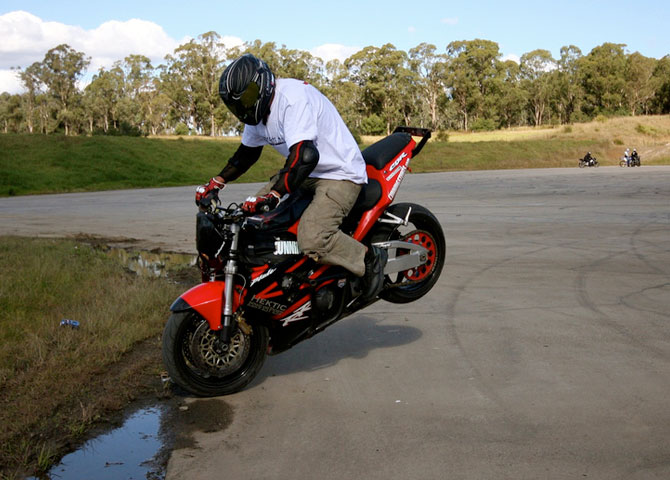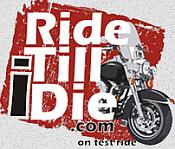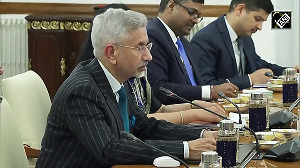Careful braking is the most crucial safety skill you can learn. If you suddenly find a car turning in front of you, you need to apply the brakes very carefully. Let's checkout a few dos and don'ts when we talk about braking skills in motorbikes.
Do: Progressively squeeze the lever
Starting gently, and then working up to maximum pressure, will transfer the motorcycle weight to the front wheel and compress the tire, expanding its contact patch and thus increasing its grip.
Do: Use both the brakes
On bikes that don't come with handlebar tassels, where the weight bias is dramatically forward under the braking, the rear tire may retain contact with the road and even have a little traction, so use both brakes to slow you down.

Don't: Rely on the rear brake only
Not only is the back brake a little less powerful than the front one, the weight is also transferred off the rear brake under deceleration which thus reduces the rear tire's traction.
Also Read: How to maintain your bike's tyre pressure
Do: Be aware of the traffic around you
It's not smart going to maximum braking power only to be swatted by the texting driver tail-gating you. Most importantly, ride defensively at all times and create a "bubble" of space around you at all the times. This will give you some room in case you need to press emergency brakes!
Don't: Let other vehicles dictate your safety
Ride in a manner that you control your relationship with other traffic. Don't try to get involved in a situation where other motorists are able to tail-gate you or restrict your vision. Move through traffic with confidence.
Also Read: How are disc brakes different from drum brakes
Do: Plan ahead
As you're riding, you need to be constantly scanning your entire area but pay special attention to where you are going and look as far ahead as it is possible. As cars pull up to intersections or other traffic movements occur, plan how you are going to deal with each one and then put that foolproof plan into action.
Don't: Get taken by surprises
Surprise creates panic, and panic lead to accidents. Use your own vision -- move around in your lane and alter your distance from some other vehicles in order to maximise your manoeuvrability and develop a sixth sense capable of predicting what other people are about to do now. Identify potential risks before they threaten you, then avoid them before they become a problem.
Don't: Rely on something you don't know how to use
How fast (speed) can your motorcycle stop? What happens when the rear wheel starts to lift above the ground? How much rear brake could you use before those wheel locks? What does it feel like to lock the front wheel? You should know the answers to all these questions by heart.
Also Read: Own a superbike? 9 tips to ride it safely
Do: Brake hard!
You rear wheel might be lifting up, that ABS also might kick in, you might pee in your pants a little bit as well, but every km/hr that you can lose before hitting something will incrementally reduce the impact forces, thereby reducing your chances of severe injury .
What might kill you at 60 km/hr may only send you home with bruises at 50. And that's a mere fraction of a second of maximum braking apart.
Don't: Let go
Trust your bike and above all, your own abilities. Your best bet to avoid the accident or reduce its severity lies in braking, and certainly not in bailing.
Photograph: Mark Sanderson/Creati8ve Commmons











